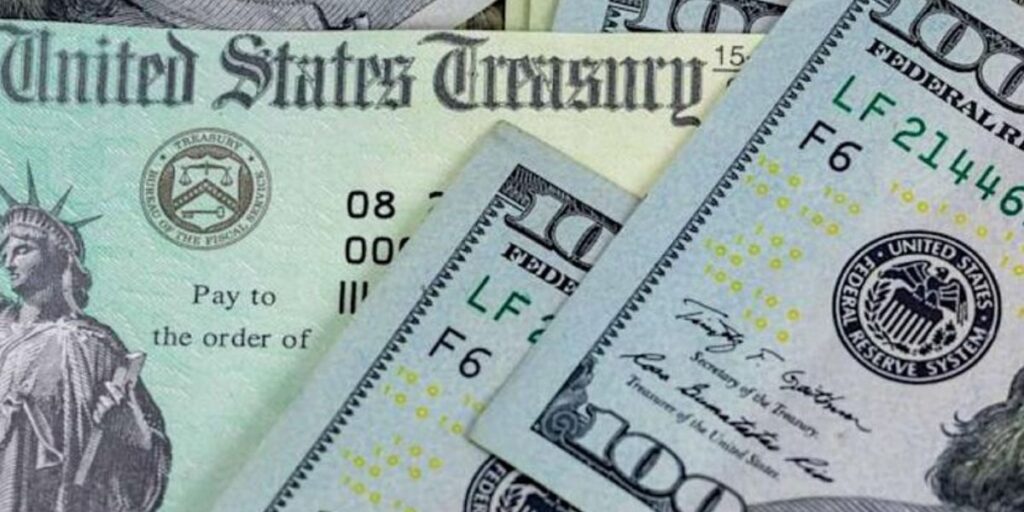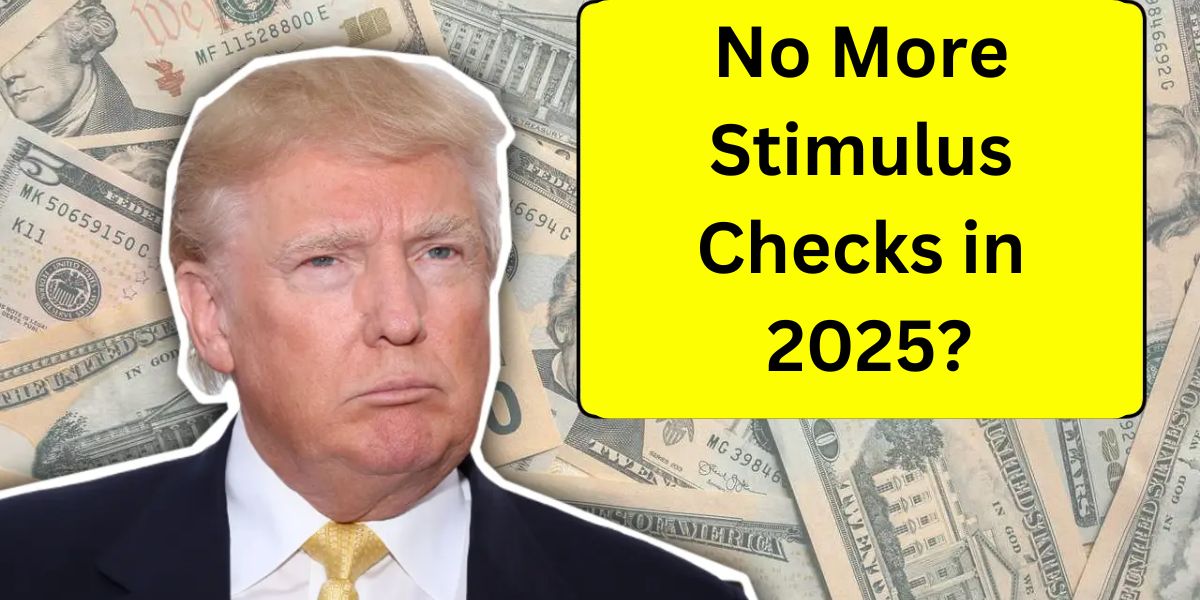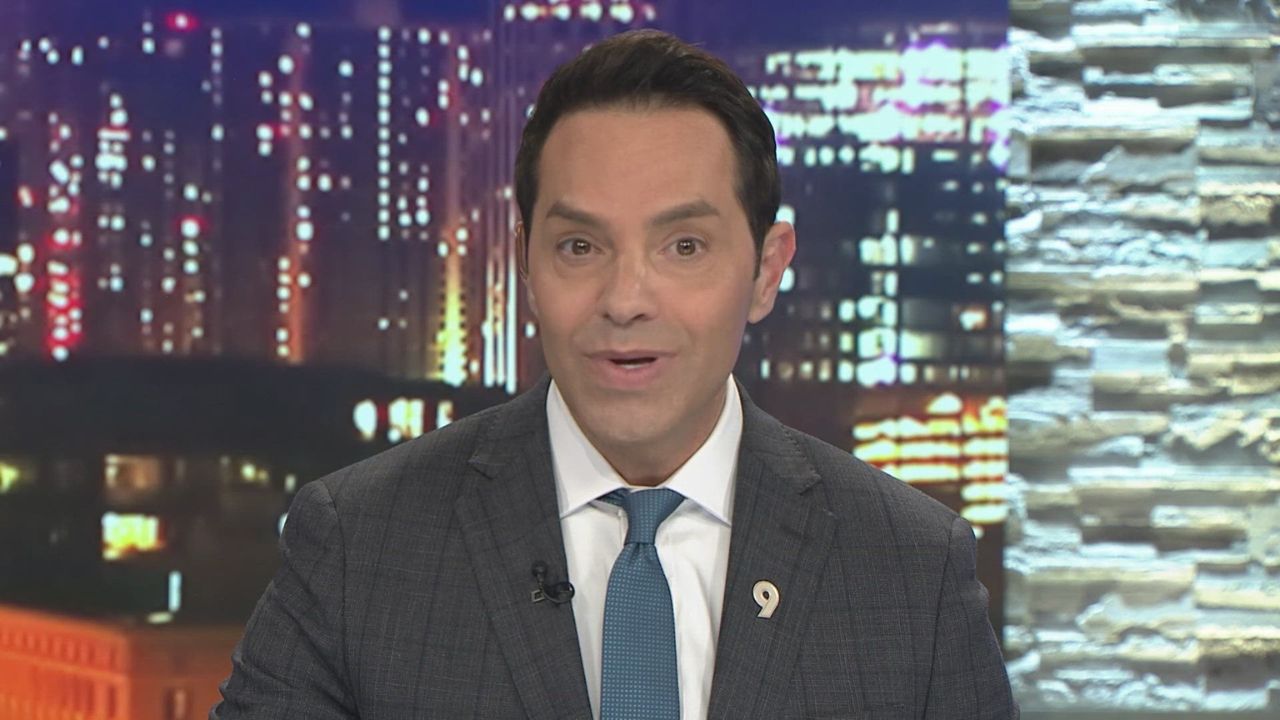KHN – The prospect of no more stimulus checks in 2025 has sparked concern among millions of Americans who relied on previous rounds of government aid to stay financially afloat during the pandemic. With inflation still affecting household budgets and economic uncertainty lingering, the absence of additional stimulus payments could have significant implications for families, businesses, and the broader economy.
Why Stimulus Payments Are Ending
The last round of stimulus payments, issued through the American Rescue Plan Act in 2021, was designed as emergency relief during the height of the COVID-19 pandemic. As the economy began to recover and unemployment rates dropped, the federal government shifted its focus toward long-term economic stabilization rather than short-term financial aid.
Several factors contribute to the decision not to issue further stimulus checks:
- Economic Recovery: While inflation remains a challenge, key economic indicators—such as employment rates and GDP growth—have shown signs of improvement.
- Federal Deficit Concerns: Continued stimulus payments would increase national debt, a growing concern among lawmakers.
- Shift Toward Targeted Aid: Government support is now focusing on specific areas, such as housing, child tax credits, and infrastructure investments, rather than direct payments to individuals.
Impact on American Households
Without new stimulus checks, many American households may face financial difficulties, especially those already struggling with high living costs, stagnant wages, and rising interest rates. The end of stimulus payments could particularly affect:

- Low-Income Families: Many relied on stimulus checks for essentials like food, rent, and utilities.
- Middle-Class Households: With inflation pushing up the cost of living, families that didn’t typically qualify for other forms of aid might feel squeezed.
- Small Business Owners: Reduced consumer spending could lead to lower revenues for small businesses still recovering from pandemic losses.
Comparing Previous Stimulus Payments
| Year | Payment Amount | Eligibility Criteria |
| 2020 | Up to $1,200 |
Individuals earning less than $75,000
|
| 2021 | Up to $1,400 |
Individuals earning less than $75,000
|
| 2022 | None |
No stimulus payments issued
|
The absence of any stimulus checks in 2025 marks a significant shift from the pandemic-era relief efforts that helped stabilize millions of households.
What Can Households Do to Prepare?
As the likelihood of additional stimulus aid fades, Americans should consider financial strategies to cushion the impact:
- Build an Emergency Fund: Experts recommend saving three to six months’ worth of expenses in case of job loss or unexpected costs.
- Reduce Debt: Paying down high-interest debts, especially credit card balances, can free up income and reduce financial stress.
- Create a Budget: Tracking income and expenses helps prioritize essential spending and cut unnecessary costs.
- Seek Financial Assistance: Local charities, food banks, and community organizations offer resources for those in need.
Government Programs Still Available
While direct stimulus checks might not return, several federal and state programs continue to offer financial assistance:
- Child Tax Credit: Expanded during the pandemic, this credit remains available for eligible families.
- Supplemental Nutrition Assistance Program (SNAP): Provides food assistance to low-income individuals and families.
- Emergency Rental Assistance: Available in some states for those facing housing insecurity.
The Bigger Picture: Economic Outlook for 2025
Economists predict that while inflation will gradually ease, many households could still struggle with high prices and interest rates. The Federal Reserve is expected to continue its cautious monetary policy approach to balance economic growth and inflation control.
Without additional stimulus checks, the burden of managing financial hardship will shift more heavily onto individual households and community support systems. However, experts suggest that a stronger job market and increased access to targeted government programs could help mitigate some of the economic challenges ahead.
Final Thoughts
The end of stimulus checks in 2025 marks a turning point for American households, signaling a shift from broad financial relief to targeted economic support measures. While some families will adapt with budgeting and savings strategies, others may need to seek alternative resources to navigate this transition. The coming year will test the resilience of many households as they adjust to a post-stimulus financial landscape.








